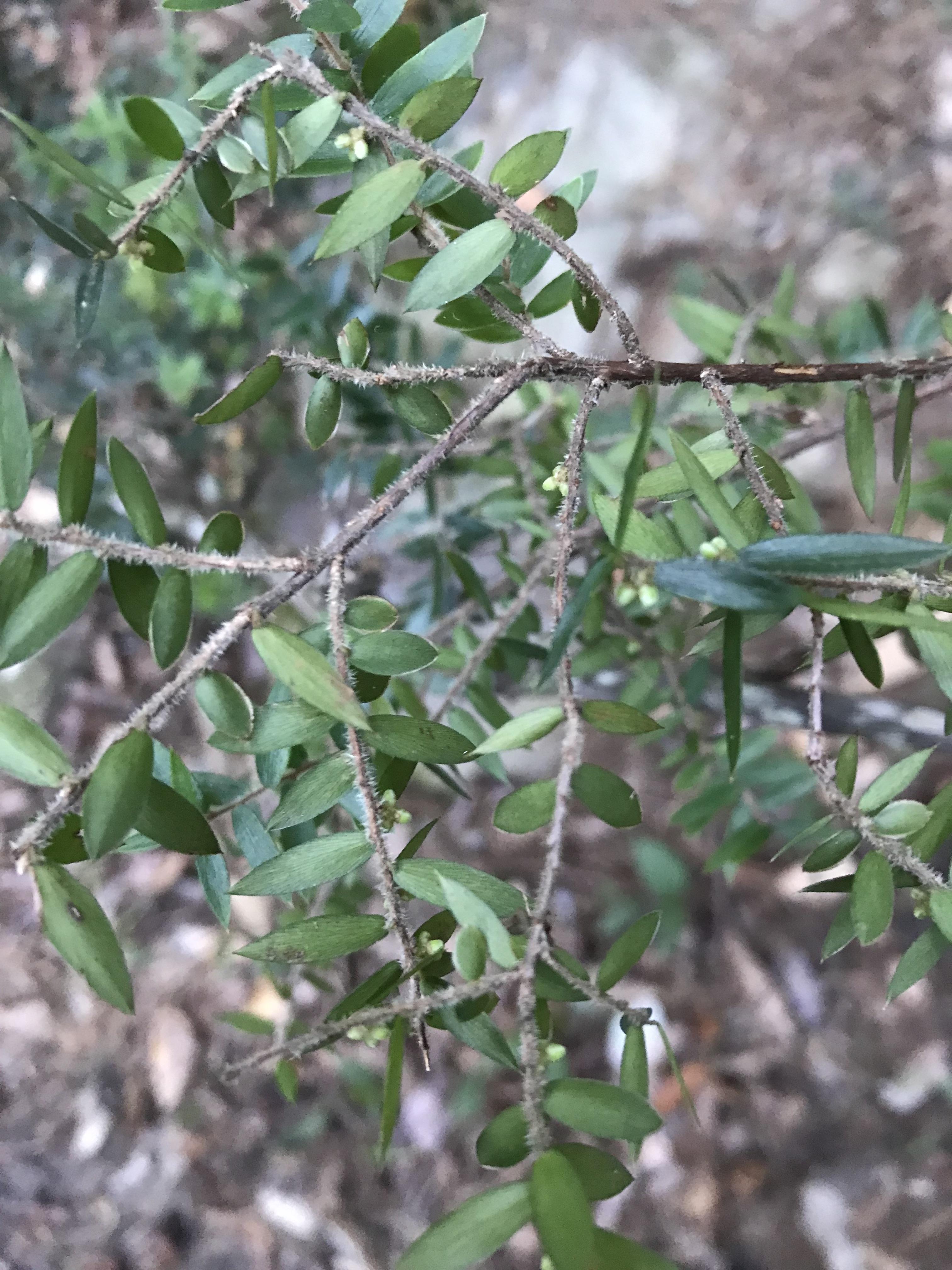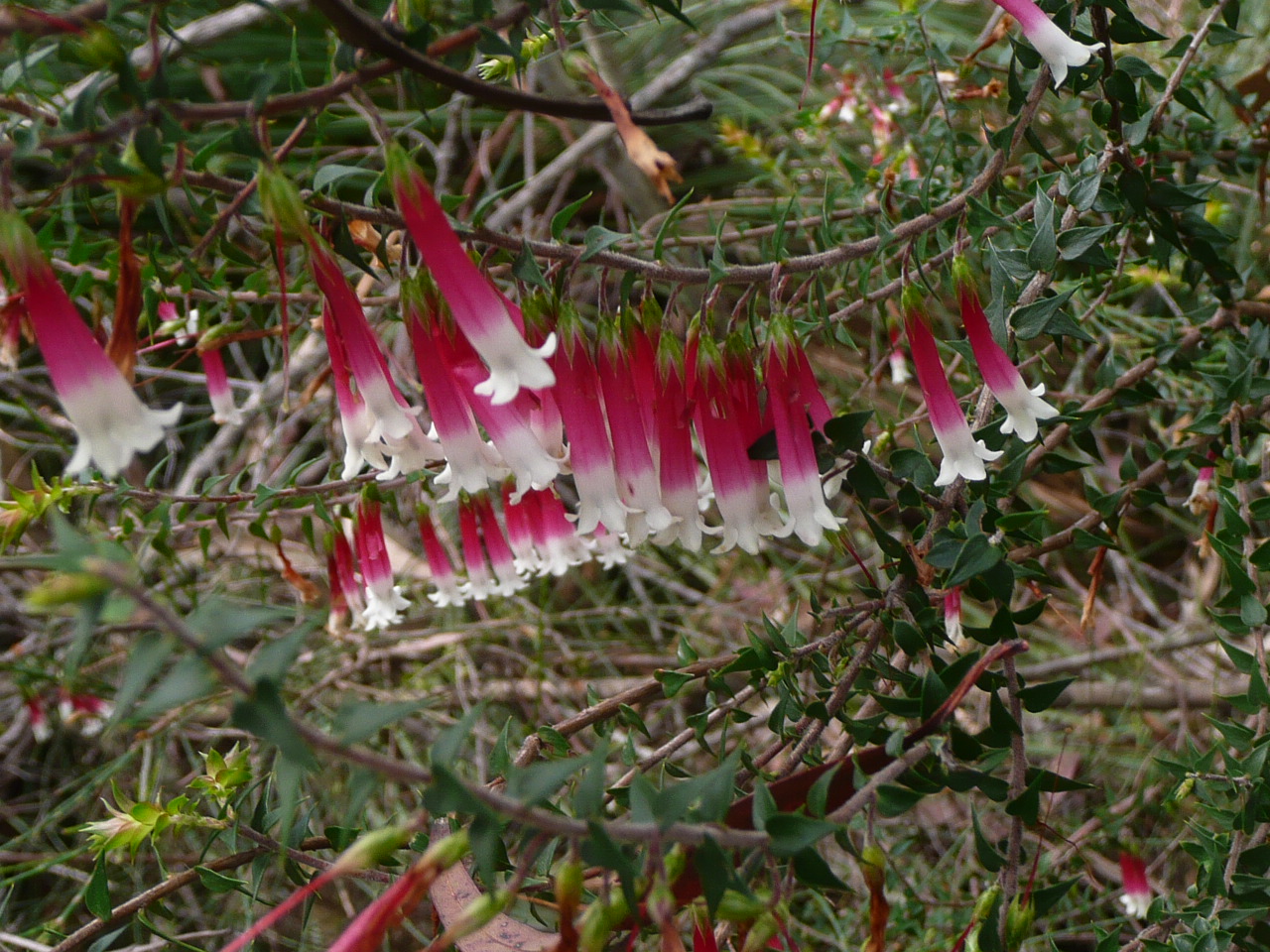Heath is a type of vegetation
that usually occupies exposed coastal or mountain ridges. This vegetation is characterised
by low-growing plants, usually having small leaves to prevent desiccation in
drying winds. The plants of heathland are diverse and come from many different
families and genera, however many belong to the Ericaceae family, commonly
known as the heath or heather family.
Ericaceae is largely
composed of plants that can tolerate low-quality, acidic soils. Like other
stress-tolerant plants, many Ericaceae have mycorrhizal fungi to assist with
extracting nutrients from infertile soils, as well as evergreen foliage to
conserve absorbed nutrients. In addition to the various common heaths, other well-known
members of this family include the cranberry, blueberry, azaleas and rhododendrons.
Traditionally Australian
or Southern Heath plants belonged to the Epacridaceae family (Epacrids). More recently
research using molecular studies has shown that the Epacrids are more closely
related to the Ericaceae than previously thought. As a result many botanists
(since 2012) now recognise that the Epacrids belong within the Ericaceae family
as a sub-family now renamed as the Epacridoideae sub-family.
There are about 426 Epacridoideae species world-wide across south-east
Asia, Australia, New Zealand, Pacific Islands and Argentina.
In Australia there are
335 species across 28 genera. These genera include – Acrotriche (14 species),
Epacris (35), Leucopogon
(143), Monotoca (11), Styphelia (12), Trochocarpa (6) and Woolsia (one single species).
Listed below are the 14 species of Epacridoideae found growing within Katandra.
Acrotriche divaricata, Epacris longiflora, Epacris obtusifolia, Epacris pulchella, Leucopogon amplexicaulis, Leucopogon ericoides, Leucopogon lanceolatus, Leucopogon microphyllus, Monotoca elliptica, Monotoca scoparia, Sprengelia incarnata, Styphelia longifolia, Trochocarpa laurina, Woolsia pungens.














